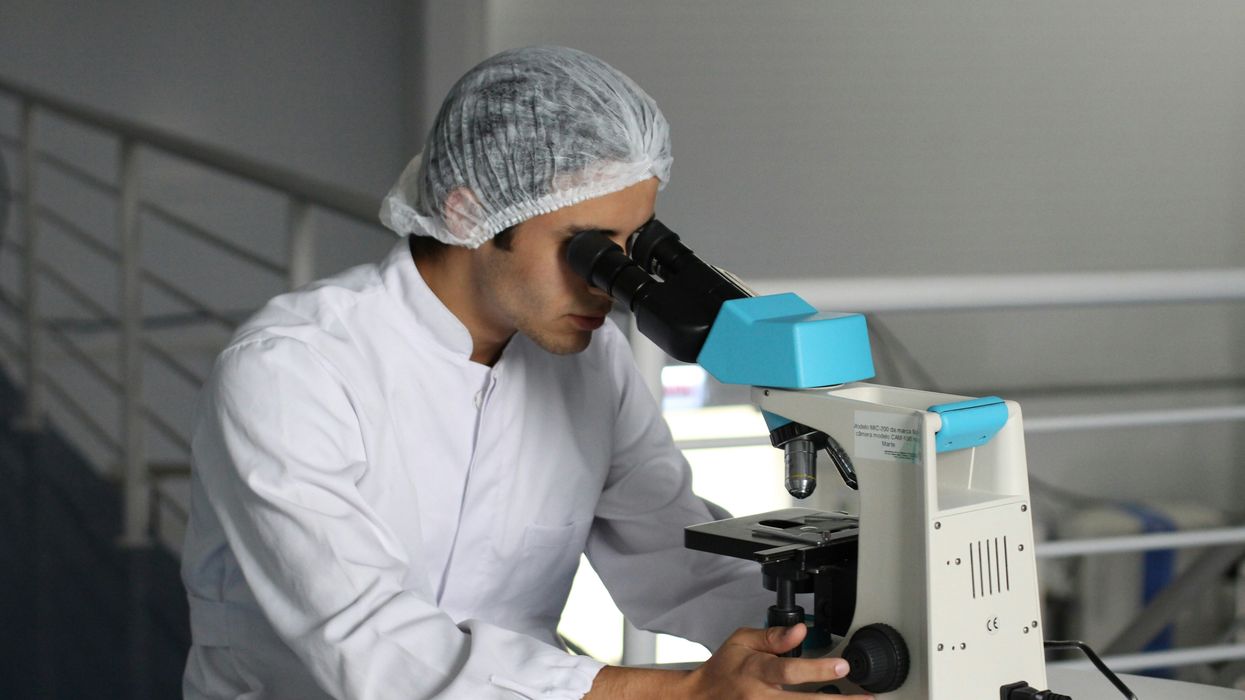Migraine is a neurological condition that affects millions of people worldwide, causing intense, debilitating headaches often accompanied by nausea, vomiting, and sensitivity to light, smell and sound. Recognizing the profound impact migraines have on individuals and society, June has been designated as Migraine Awareness Month. This month-long observance aims to increase understanding of migraines, promote research, and support those affected by this chronic condition.
Understanding Migraines
Migraines are more than just severe headaches; they are a complex neurological disorder with a variety of symptoms. According to the World Health Organization (WHO), migraines are the sixth most disabling illness globally. Symptoms can include throbbing pain, usually on one side of the head, along with visual disturbances, dizziness, and cognitive impairments .
The Prevalence and Impact of Migraines
Migraines affect approximately 1 billion people worldwide, with about 12% of the U.S. population experiencing them. Women are three times more likely than men to suffer from migraines, largely due to hormonal influences . The economic impact is significant, with migraines leading to lost productivity and increased healthcare costs. In the U.S., migraines are responsible for an estimated $13 billion in lost productivity each year .
Raising Awareness and Reducing Stigma
Migraine Awareness Month is crucial for reducing the stigma often associated with this condition. Many people, including employers and healthcare providers, may not fully understand the severity of migraines, sometimes viewing them as mere headaches. This misunderstanding can lead to inadequate support and treatment for those suffering from migraines. Raising awareness helps dispel myths and encourages a more empathetic and informed approach to managing and treating migraines .
Advances in Migraine Research and Treatment
Recent years have seen significant advances in migraine research and treatment. The development of new medications, such as CGRP inhibitors, has provided relief for many who previously had few effective options. Additionally, non-pharmacological treatments, including cognitive-behavioral therapy (CBT), biofeedback, and lifestyle modifications, have shown promise in reducing the frequency and severity of migraine attacks .
The Role of Advocacy and Support Groups
Organizations like the American Migraine Foundation (AMF) and the National Headache Foundation (NHF) play a vital role in advocating for migraine sufferers. They provide resources, support groups, and up-to-date information on treatments and research. These organizations also work to influence public policy, advocating for better funding for migraine research and improved access to treatments .
Personal Stories and Community Support
Sharing personal stories and experiences is a powerful way to foster understanding and solidarity within the migraine community. Social media platforms and online forums provide spaces for individuals to connect, share tips, and offer support. Hearing about others’ struggles and triumphs can be comforting and empowering, reminding those affected that they are not alone .
Migraine Awareness Month in June serves as a critical reminder of the challenges faced by those living with migraines. By increasing awareness, promoting research, and fostering a supportive community, we can improve the lives of millions affected by this debilitating condition. Whether through advocacy, education, or simply lending an empathetic ear, everyone can play a part in the journey toward better migraine management and understanding.
References
- World Health Organization. (2020). Headache disorders. Retrieved from who.int
- American Migraine Foundation. (2021). Migraine Facts. Retrieved from americanmigrainefoundation.org
- National Headache Foundation. (2022). Migraine Impact. Retrieved from headaches.org
- National Institute of Neurological Disorders and Stroke. (2021). Migraine. Retrieved from ninds.nih.gov
- Lipton, R. B., Bigal, M. E., Diamond, M., et al. (2007). Migraine prevalence, disease burden, and the need for preventive therapy. Neurology.
- Goadsby, P. J., Holland, P. R., Martins-Oliveira, M., Hoffmann, J., Schankin, C., & Akerman, S. (2017). Pathophysiology of migraine: A disorder of sensory processing. Physiological Reviews.
- Rasmussen, B. K., Jensen, R., Schroll, M., & Olesen, J. (1991). Epidemiology of headache in a general population—a prevalence study. Journal of Clinical Epidemiology.


















